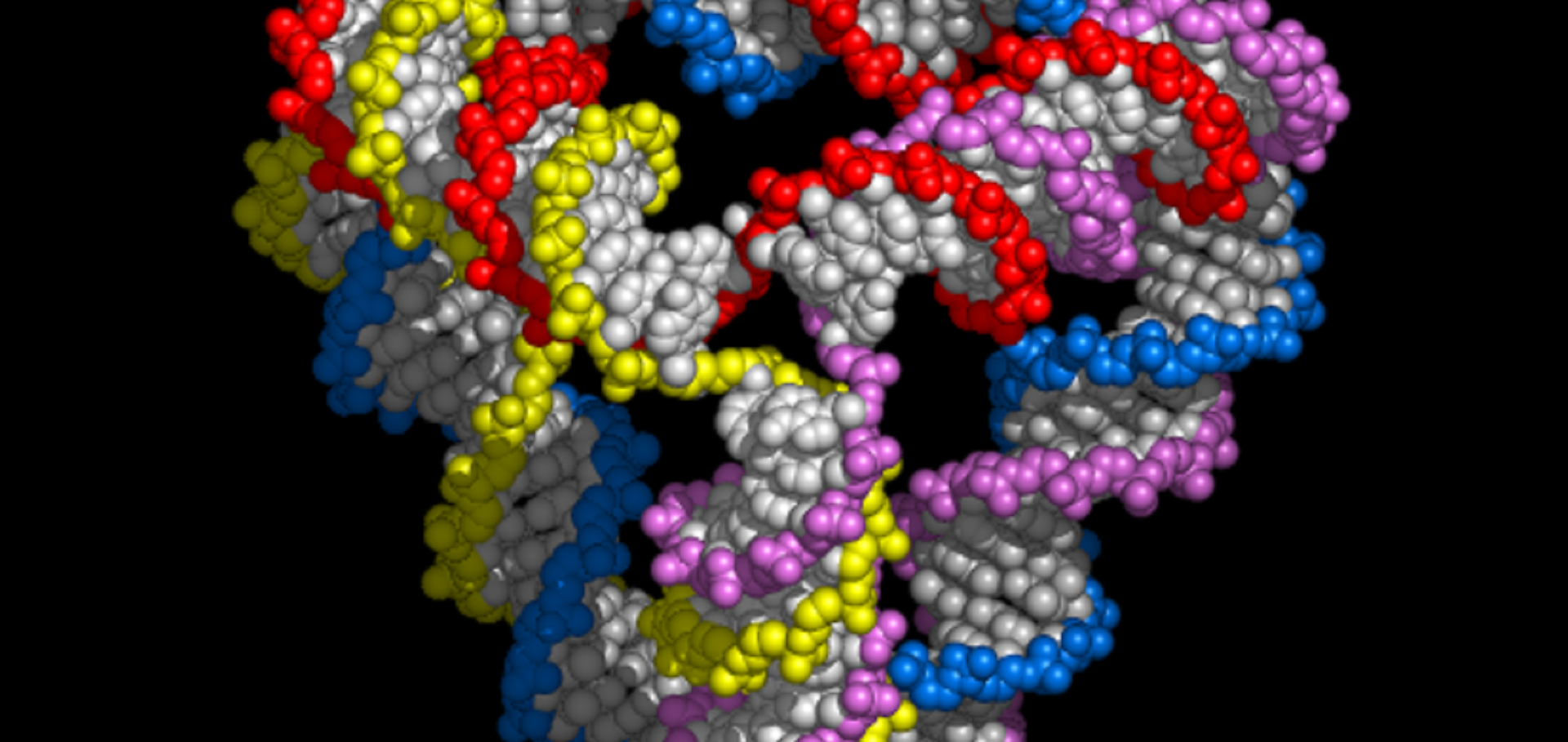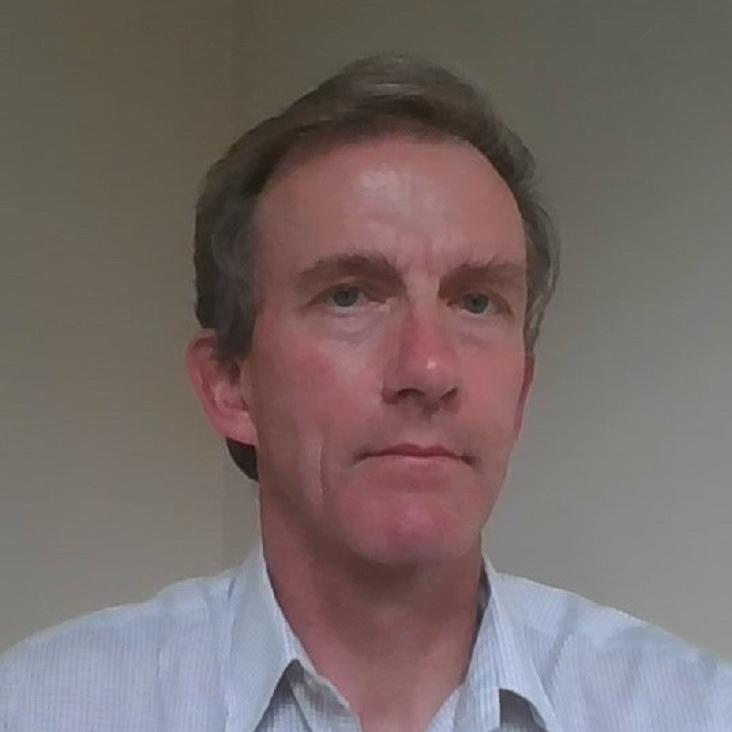Observation of Structural Changes on Activation of the NTS1 G-Protein-Coupled Receptor on DNA-Templated Protein Arrays by cryo-EM
BIOPHYSICAL JOURNAL 98:3 (2010) 418A-418A
A two-dimensional DNA array: the three-layer logpile.
J Am Chem Soc 131:38 (2009) 13574-13575
Abstract:
We describe the three-layer logpile (3LL), a two-dimensional DNA array which self-assembles from four synthetic oligonucleotides via a four-armed Holliday junction motif. It consists of three layers of helices, each running at 60 degrees to the others. DNA arrays can be used as periodic templates to create, for example, synthetic protein crystals: this array is designed to maximize structural order by ensuring that helices run continuously, without bending, through the structure. UV absorbance measurements show a rate-dependent hysteresis associated with the assembly of the 3LL. Negative-stain transmission electron microscopy (TEM) of 3LL samples shows that the arrays form extensive sheets (approximately microm(2)) and a process of iterative correlation mapping and averaging of small subsets of digitized TEM micrographs yields an averaged projection image that is consistent with a computer-generated model of the crystal.DNA nanomachines
Chapter in Nanoscience and Technology, World Scientific Publishing (2009) 124-133
DNA monofunctionalization of quantum dots.
Chembiochem 10:11 (2009) 1781-1783
Replicated photonic crystals by atomic layer deposition within holographically defined polymer templates
Applied Physics Letters 94:26 (2009)


